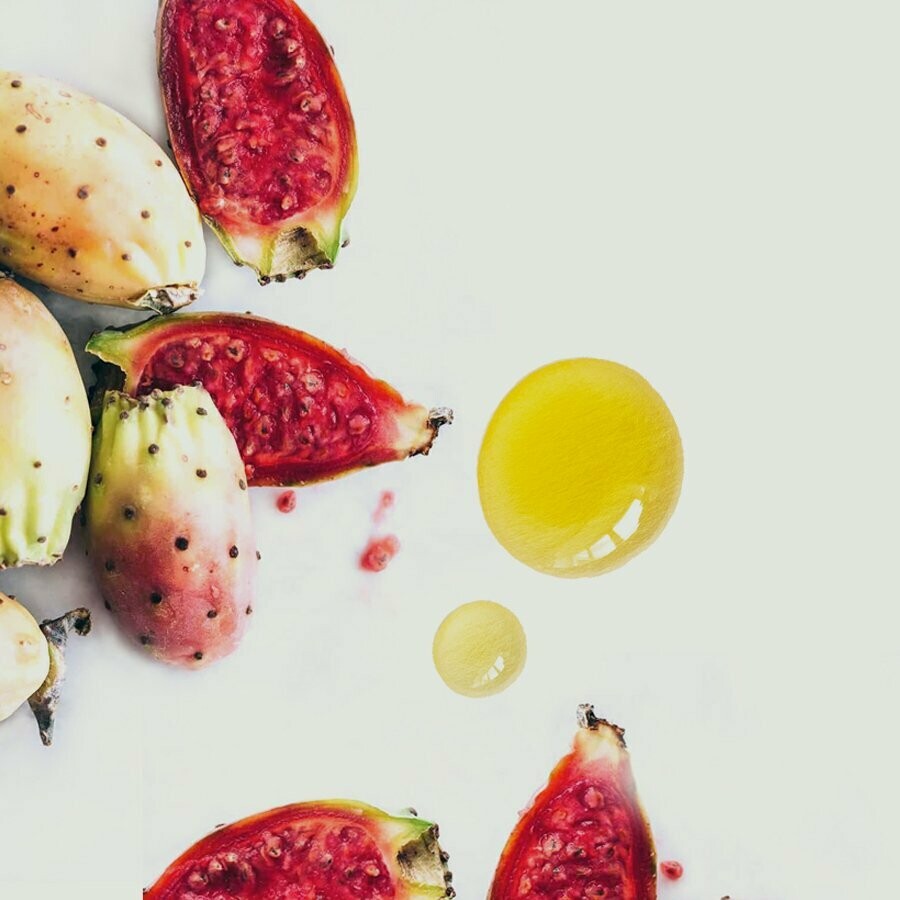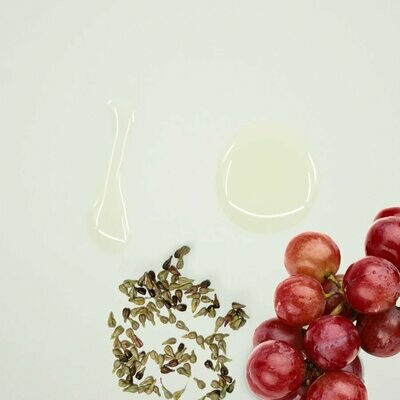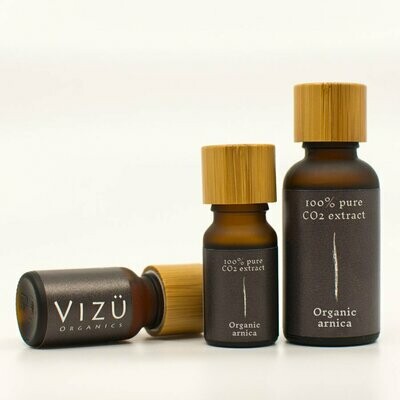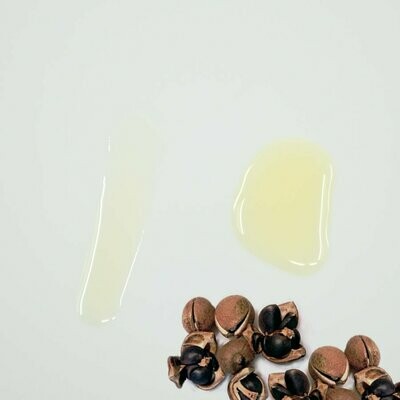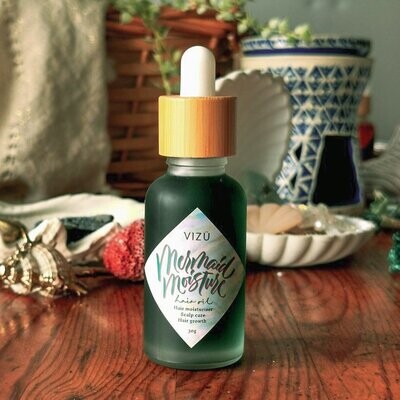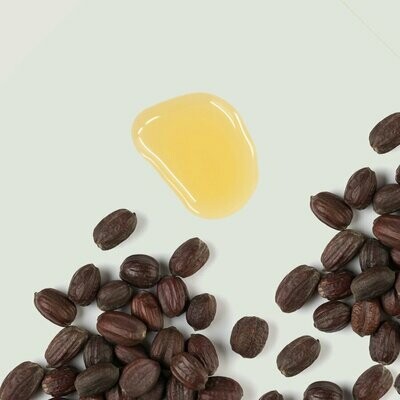Organic prickly pear seed oil, coldpressed virgin
Ingredient: Opuntia ficus-indica seed oil
Benefits and uses:
• Brightens under-eye circles and minimise under-eye shadows and spider veins
• Tightens pores for a smoother and refined skin texture
• Neutralise free radicals which cause first signs of aging
• Improves sign of premature ageing: fine lines, uneven skin tone, age spots and dullness
• Provides durable skin firmness, elasticity & vibrancy
• Suitable for skin, hair and nails.
A Sicilian writer once called cactus pear "a treasure under the thorns" because of its immense benefits, some of which were little known before today. Opuntia ficus-indica is the cactus species of greatest agronomic importance, due to its delicious fruits, but also to its stems, which are used as fodder for livestock or as a vegetable for human consumption.
This cactus plant grows naturally (without human intervention or fertilisers), in the wild desert / semi-arid regions of Morocco. It has an incredible ability to survive without water during a long period of time without impacting the quality of its fruits. These fruits contain many small dark seeds, that are separated from the rest of the fruit, dried, and then cold-pressed to finally obtain its oil. This oil is also known as Barbary fig seed oil, Indian fig seed oil, and prickly cactus seed oil. For centuries, Berber women have been applying prickly pear seed oil on their faces for protection against the Moroccan desert wind.
Prickly pear seed oil does everything argan oil does, but better (and a lot more expensive lol). Prickly Pear Seed Oil is known to renew the radiance of skin and promotes skin plumpness. It contains an extremely high content of Vitamin E (1.5X more than argan oil!) that helps reduce the appearance of wrinkles, fine lines and hyperpigmentation, leaving us with a youthful, bright, evenly toned complexion. Prickly pear seed oil is concentrated in both Omega 6 and Omega 9, which helps to structure the cell membranes and also to regulate the barrier function of the epidermis.
It stimulates new cell regeneration, calm inflammation (because of flavonoids) and protects skin against UV damage and free radicals. It is also rich in amino acids, which stimulate collagen production to promote faster cell regeneration. Last but not least, it also contains Zinc and vitamin K, which lightens under-eye dark circles and also reactivates the skin’s elasticity.
This precious cactus oil is one of the main ingredients used in VIZU's luxurious anti-ageing formulation of B-CAROTENE.
Did you know?
Prickly Pear Seed oil is the most expensive carrier oil in the world because it is very labour intensive and time consuming to manufacture. To produce 1 litre of prickly pear seed oil, you would need 907kg of prickly pear fruits, which gives 1 million seeds, using 36 hours of manual labour. The seeds, which are super tiny, are extracted from the fruits by hand, and then are mechanically cold-pressed so as to preserve all of the phyto-nutrients within.
Crop ecology & cultivation
Cactus crops are gaining increasing interest across the globe, in particular Opuntia ficus-indica, because of its unique characteristics which provide resilience to the above mentioned harsh conditions. Cactus pear is able to grow on land where no other crops are able to grow; it can be used to restore degraded land and in many countries, such as Ethiopia, it is the only crop that can be relied on when everything else fails. The crop originates in Mexico – still the largest producing and consuming country in the world – but other countries, including Morocco, Ethiopia, South Africa, Kenya, India and Pakistan, are increasing their production and use.
In addition to its resilience as a crop, cactus pear is also increasingly appreciated for its multiple purposes. The fruit and young cladodes can be consumed by humans, and there is growing interest in its use as fodder, plus its medicinal properties and industrial uses are being researched and promoted.
Moroccan women co-operatives
VIZU’s organic prickly pear seed oil is sourced from a Moroccan company-cooperative whose cactus plants come from a controlled organic farming. The company is a strong advocate of responsible and organic farming; and is highly active in the economic and social development of remote rural areas of Morocco using innovative and environmental-friendly technologies and production processes which helped scale up development + training programs for local women workers. Through this co-operative; income, healthcare and education has been provided to the women and their families.
Herbal Folk Tradition
Cactus plants were used by ancient civilizations to cure diseases and heal wounds. The origins and history of cactus as medicine are, therefore, closely linked to the ancient Mesoamerican civilizations. For over 12 000 years, fresh cactus has been consumed by the natives for its nutritional qualities and healing properties. Cactus cladodes, fruits, seeds and flowers have been used as folk medicines in several countries for centuries.
Archaeological references indicate that the opuntias used 8 000 years ago cannot be associated directly with O.ficus-indica. Callen (1965) studied the food habits of pre-Columbian Mexican Indians and found epidermis remnants of Opuntia in coprolites on the floor of caves, indicating that the consumption of Opuntia dated back thousands of years to at least 5200 BCE.
The Indian chroniclers were the first to record these plants and its fruits, which were carried to Spain and initially used as ornamental plants. It is probable that opuntias were brought back after the first or second visit of Columbus to the Caribbean, although the first definitive record is from Mexico in 1515 (in the chronicle of Fernandez de Oviedo, reproduced by Lopez Pineiro et al., 1992).

